In your editorial, “Transparency and discussion lacking in identity project” (Feb. 14, 2014), you state: “it’s difficult to not see the irony in a ‘socially-aware’ student populace that gives no indication that they are concerned, let alone cognizant, of their College’s aggressive new strategy to enroll more low-need students.” You then continue to illustrate (I assume) what socially-aware means, e.g., “challenging capitalist discourse that speaks of investments, returns and the obligation to grow.”
I think an equal irony is an editorial worrying about the impact of more “low-need” students when the entire support system propping up a commitment to “need-blind” admissions and substantial aid to “high-need” students is fully dependent on that self-same capitalist system that speaks of “investments, returns and the obligation to grow” that you so denigrate. Perhaps the “student populace” understands what the S&B editorial is missing: challenge the capitalist discourse all you want … but be not surprised if your challenge is successful, that your ability to support “high-need” students evaporates. Now, that would be ironic—and unfortunate.
The College is not being dishonest; it is being entirely open about the reality it faces. First and foremost, I believe you will find that without academic excellence, a diverse student body, terrific facilities and an engaging experience, it will be impossible to attract any students, whether they are high—or low—need. With this, there is no disingenuousness on the part of the College. Even for those with the ability to pay, I believe you will find that will be overwhelmed by the relative attractiveness of attending. In the hierarchy of need, what you are able to buy is not necessarily what you want to buy. Thus, the economics are important but are not necessarily most important.
Second, the pieces of this equation need to be integrated into a comprehensive whole—and the economics are important and warrant the current attention. I graduated in 1977, when the comprehensive fee was, I think, something on the order of 4,250 dollars. 36 years later, that cost is now on the order of 52,000 dollars and that is low compared to those of peer institutions. At that rate of growth, 36 years from now, a Grinnell College education will cost over 636,000 dollars per year or over 2.5 million dollars for a four-year degree. Assuming you had a child a year from now, it would cost you over 181,000 dollars per year for a total exceeding 725,000 dollars for a Grinnell degree.
For the endowment to cover that need 36 years from now, Grinnell would need a 14 billion dollar endowment (assuming coverage of 60 percent of the fees for 1,500 students) and over a four billion dollar endowment for the year your child enters Grinnell (assuming every penny of endowment income is used for this one purpose only). That is a reality that warrants a bit more than your “recognition that economic thinking and strategizing are necessary and even desirable,” it is a clarion call to action on the part of the College—and that is what the College is pursuing in parallel with the other concerns of academic potential, diversity, engagement and access. Not instead of, or rather than, or more than … in parallel with.
Grinnell needs to create an “identity” where students want to go to Grinnell because of the quality of the institution, not just because of how much money they can get from the College. You want proof of how much loyalty and affinity is created when we simply “buy” students, look at our track record of alumni giving back to the College versus any other peer institution (and then compare discount rates) … on any measure—participation, average giving, longevity—Grinnell is consistently below, and way below, its peer institutions in alumni giving. Grinnell gives more in financial aid, to more students, with less debt incurred than most, if not all, of our peers and our graduates give less back in terms of participation and dollars. What does that tell you about the success of the strategy in terms of fostering a life-long connection to the College and having alumni that help to perpetuate the “need-blind” admissions and high discount rate from which they themselves derived benefit?
I, for one, would enjoy reading your editorial explaining your vision for how Grinnell would meet the enormous need illustrated above without some percentage of “low-need” students and all that nasty capitalism that speaks of investments, returns and the obligation to grow.
Note: In the spirit of full disclosure, my spouse, Patricia Jipp Finkelman ’80, is a member of the Grinnell Board of Trustees. While I provided Patricia with the courtesy of seeing this letter to the editor before sending it, she had no role in crafting the content.
—Dan Finkelman, Class of 1977





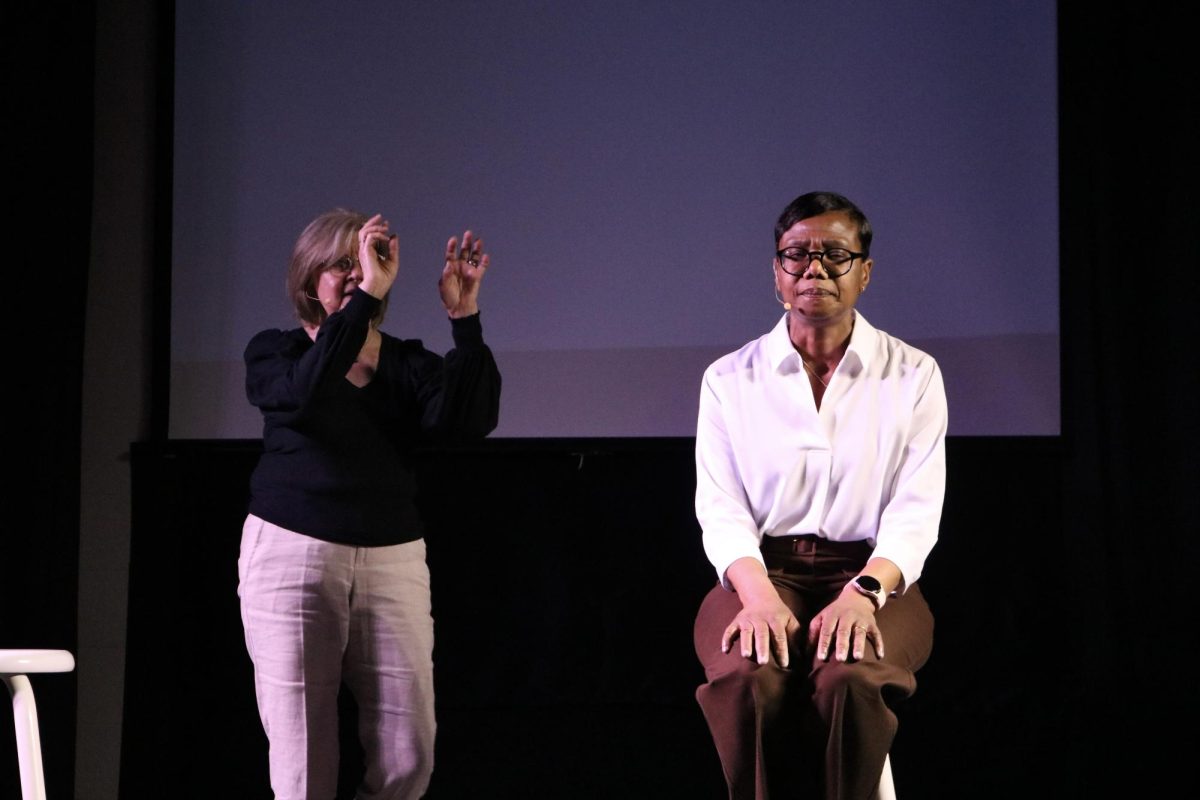













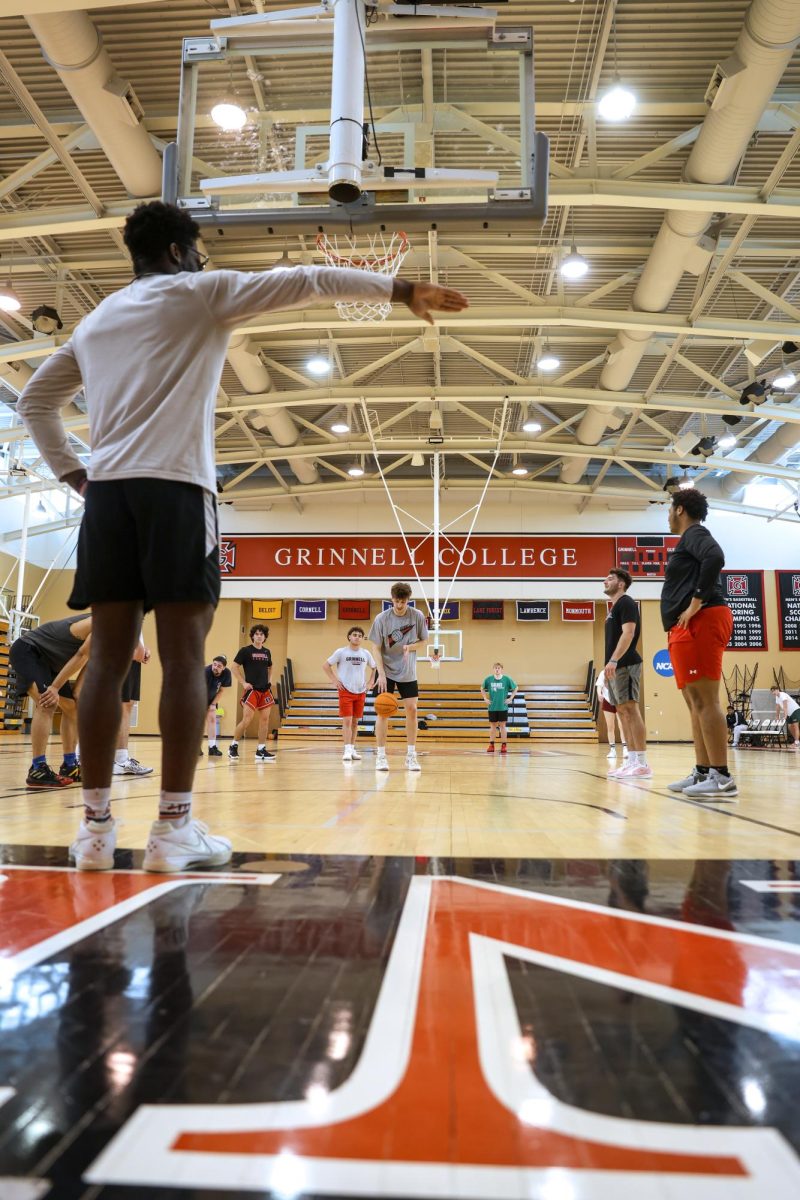

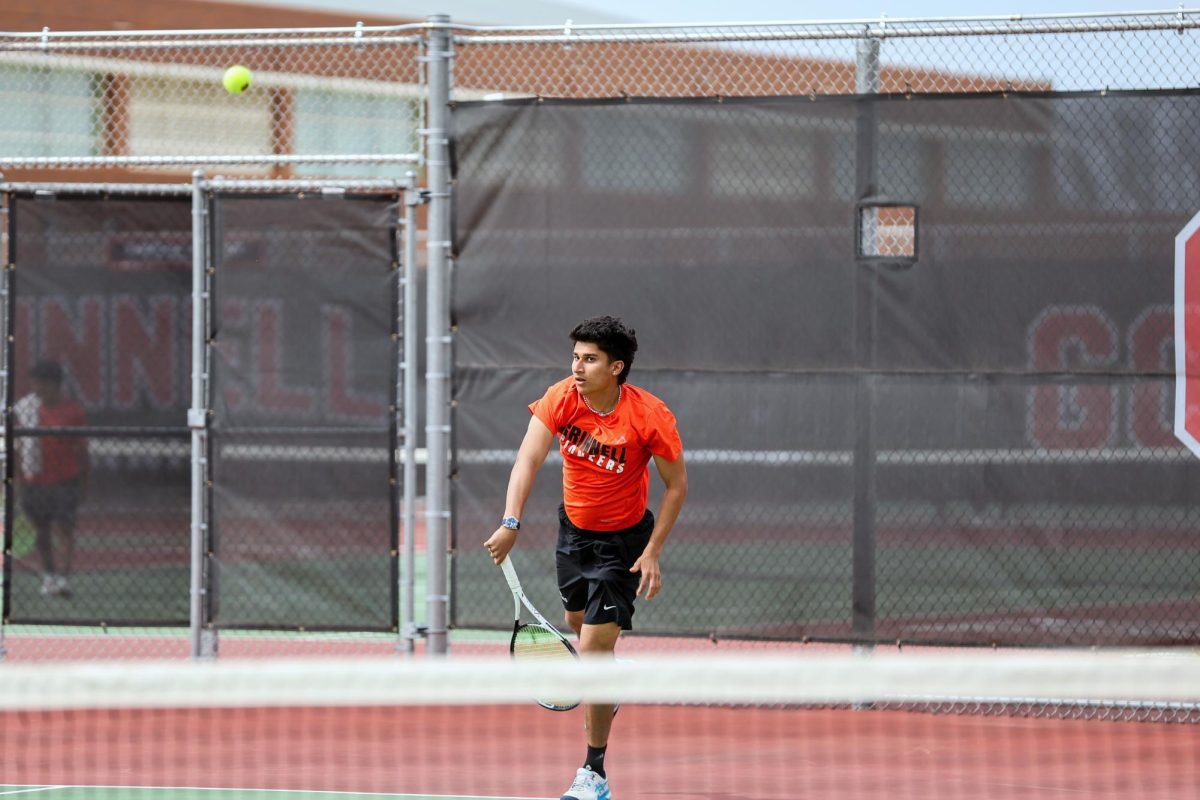
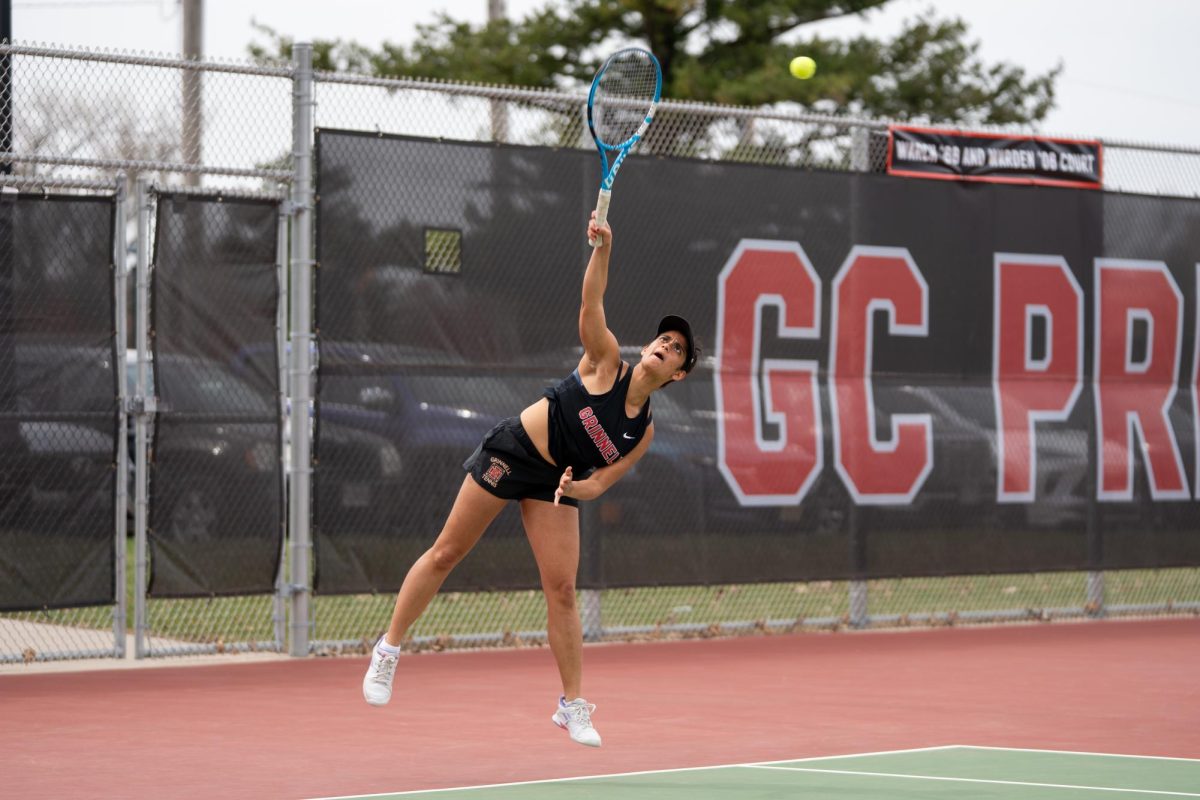


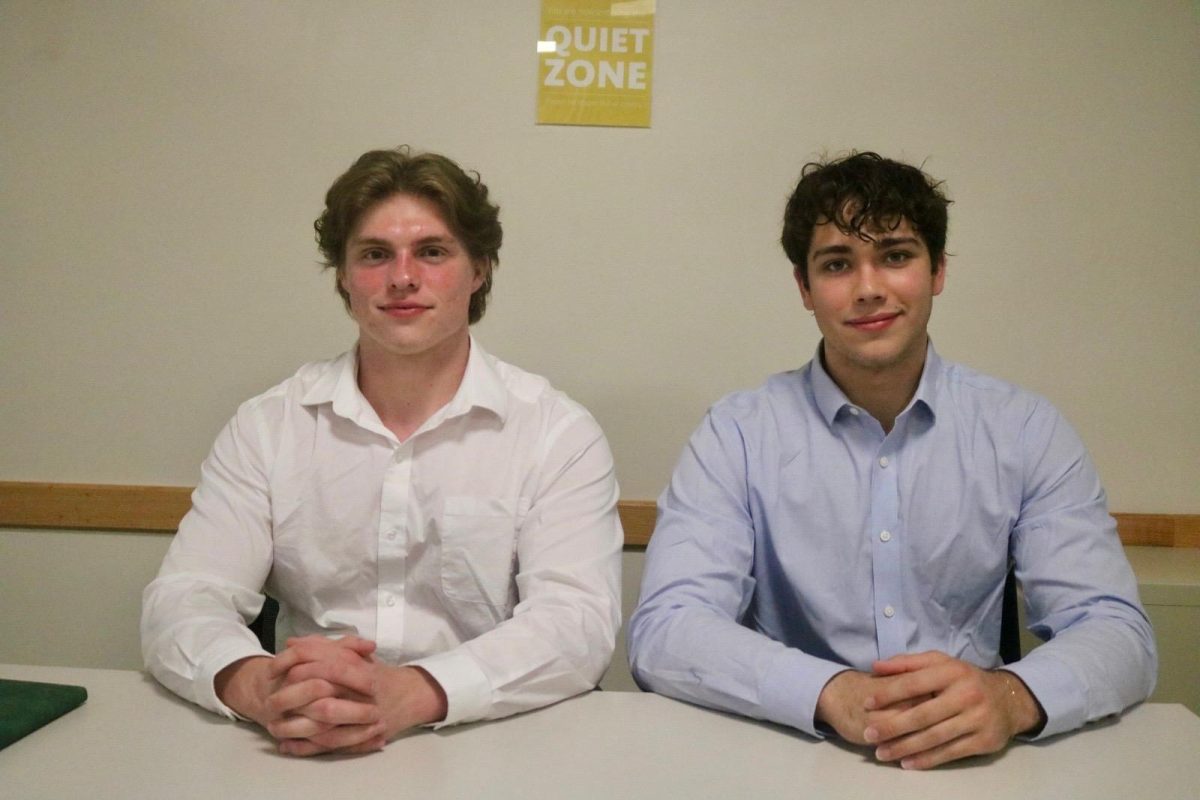



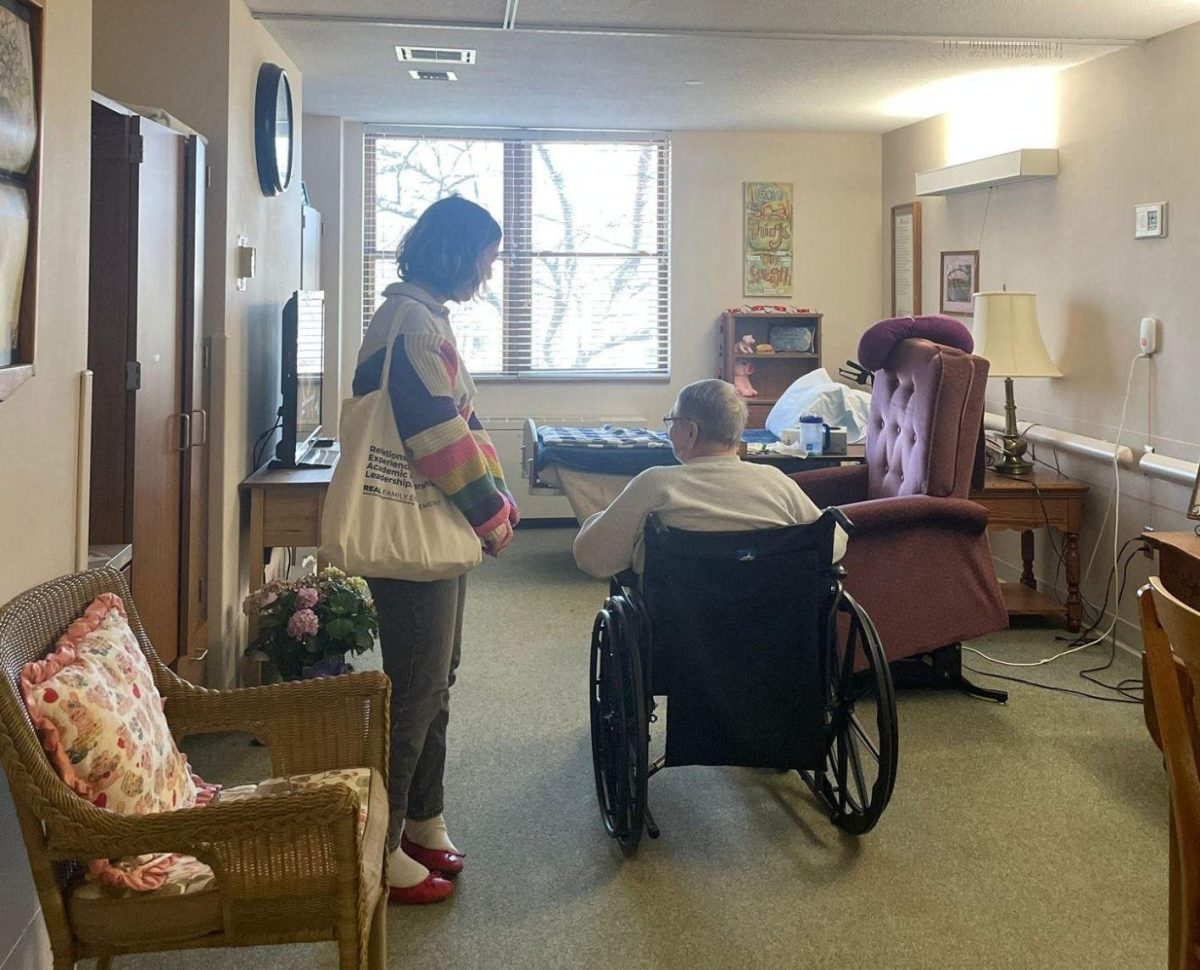






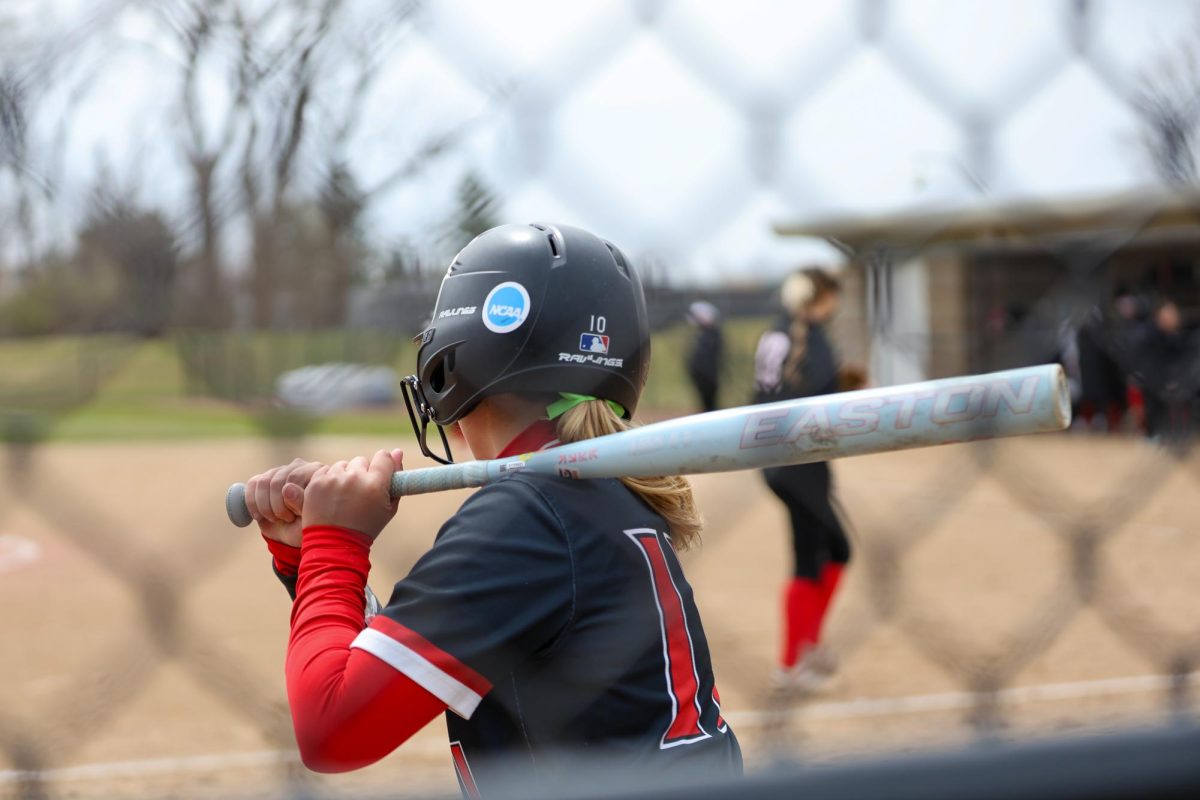












Truth • Feb 27, 2014 at 8:50 am
Mr. Finkelman’s contention that the “buying” of students is somehow reason for a lack of alumni “loyalty and affinity” is one hypothesis that might be worth further discussion.
For example, couple Mr. Finkelman’s point with the overwhelming college p.r. about “social justice”, “social responsibility”, and making “positive social change”. The fact that one resulting outcome isn’t the highest percentage of alumni giving in the country is stupefying.
The fact that alumni giving percentage was higher in the past (that includes need-blind) might suggest that the nature of the college and its youngest generation of alumni has changed.
Truth • Feb 27, 2014 at 8:33 am
Maybe Mr. Finkelman would like to address the issues of cost from the spending side?
His formulations rest on a trajectory that is unsustainable. The college could be a real leader by addressing costs — beginning with administrative bloat for purposes not directly tied to the educational enterprise. This is not advocacy for a return to the administration of John Main, where the admission department was one or the academic dean also did summer campus maintenance, but comparing the faculty:administrator ratio of the past twenty years is illustrative. You will see that the percentage rate of administrative FTE growth of the past 4 years alone overwhelms the growth of either the faculty or the student body.
Unfettered, the college might cost the $636K per year in 36 years quoted by Mr. Finkelman. But doesn’t the fiduciary role of the board require it to manage costs as well as resources?
Furthermore, when evaluating the poor performance on all measures of alumni giving, has Mr. Finkelman considered that giving might correlate with alumni satisfaction (or lack thereof) with college choices. Alumni giving percentage was in the mid-40%s during Ferguson and most of Osgood’s time (as compared to the mid 30%s today). One valid conclusion is that alumni feel that a college with money to spend on non-education things like prizes and a burgeoning administrative bureaucracy is a college with plenty of resources already.